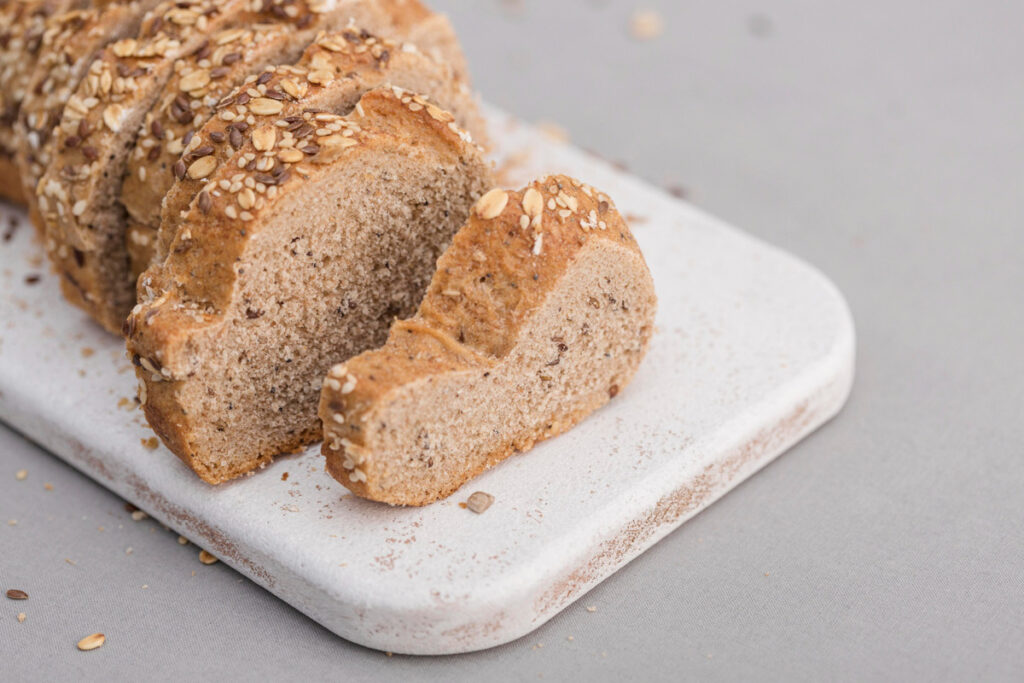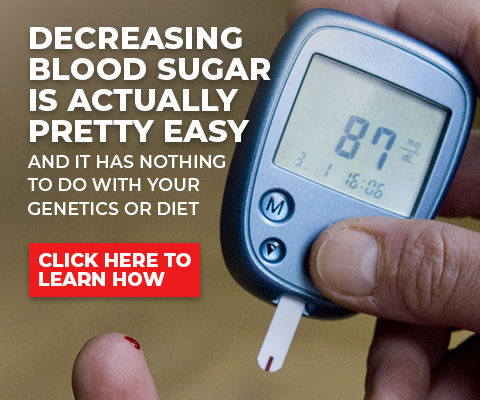Is keto bread good for diabetics? For those managing diabetes, diet plays a critical role in controlling blood sugar levels and preventing complications.
The ketogenic (keto) diet, with its focus on low carbohydrates and high fat, has gained traction as a way to manage blood sugar and promote weight loss.
As a result, many diabetics are curious about incorporating keto bread into their diets.
In this article, we will explore whether keto bread is a suitable choice for individuals with diabetes, examining its potential benefits and risks.
Is Keto Bread Good for Diabetics?
Keto bread is a low-carb alternative to traditional bread, which can be particularly appealing for diabetics who need to control their carbohydrate intake.
Traditional bread, made from wheat flour, contains high amounts of carbohydrates, which can cause blood sugar spikes.
On the other hand, keto bread typically uses ingredients like almond flour, coconut flour, or flaxseed meal, which are much lower in carbohydrates.
This reduced carb content makes keto bread a better option for diabetics, helping to avoid the rapid glucose spikes associated with regular bread.
Keto bread can help regulate blood sugar levels, which is crucial for diabetics trying to manage their condition.
However, it’s important to note that not all keto bread is created equally.
Some commercial versions may still contain hidden sugars or preservatives, so it’s essential to read the label carefully and opt for bread that is truly low in carbs and free from unnecessary additives.
Understanding the Ketogenic Diet and Diabetes
The ketogenic diet is a high-fat, low-carbohydrate diet that forces the body to burn fat for fuel instead of carbohydrates.
For diabetics, particularly those with type 2 diabetes, reducing carbohydrate intake is crucial for improving insulin sensitivity.
When carbs are reduced, the body enters a state of ketosis, where it starts breaking down fats into ketones for energy.
This process can help regulate blood sugar levels and reduce the reliance on insulin, making it easier to manage diabetes.
The keto diet has been shown to improve glucose control, reduce hemoglobin A1c levels, and aid in weight loss.
For diabetics, this can lead to improved overall health and better control over their blood sugar levels.
While the keto diet can be beneficial for many diabetics, it is important to consult with a healthcare provider before making any drastic dietary changes.
Carbohydrate and Blood Sugar Control
One of the key factors in managing diabetes is controlling carbohydrate intake, as carbs directly affect blood sugar levels.
When carbohydrates are consumed, they break down into glucose, which enters the bloodstream and causes blood sugar levels to rise.
For diabetics, this spike can be dangerous, leading to hyperglycemia and potentially serious health complications.
Keto bread, with its low carb content, provides a great alternative for diabetics who still want to enjoy bread without risking these spikes.
By switching to keto bread, diabetics can better control their blood sugar levels, making it easier to stay within a healthy range.
Low-carb diets are also associated with improved insulin sensitivity, allowing the body to use insulin more effectively.
This can lead to more stable blood sugar levels throughout the day and reduce the need for medication or insulin injections.
Nutritional Benefits of Keto Bread for Diabetics
Keto bread offers several nutritional benefits for diabetics, primarily due to its lower carbohydrate content and higher amounts of fiber and healthy fats.
Fiber plays a crucial role in stabilizing blood sugar levels by slowing the absorption of glucose in the bloodstream.
Ingredients like almond flour and coconut flour, commonly used in keto bread, are rich in fiber and healthy fats that help to promote satiety and prevent overeating.
The healthy fats in keto bread, such as omega-3 fatty acids from flaxseeds, contribute to heart health, which is especially important for diabetics who are at a higher risk for cardiovascular disease.
Additionally, keto bread is typically lower in the glycemic index (GI) compared to traditional bread, meaning it causes a slower, more controlled rise in blood sugar levels.
This makes it a suitable option for diabetics who need to monitor their blood sugar levels closely throughout the day.
How Keto Bread May Support Erectile Health in Diabetics
There is a direct link between blood sugar control and erectile health in men with diabetes.
Diabetics are at higher risk for erectile dysfunction (ED) due to poor circulation and nerve damage caused by high blood sugar levels.
By improving blood sugar control through a low-carb diet like keto, diabetics may also see improvements in erectile function.
Keto bread, as part of a balanced ketogenic diet, can help regulate blood sugar, reduce weight, and promote better circulation.
As a result, many men with diabetes report improvements in their erectile function when they adopt a ketogenic lifestyle.
Considerations and Potential Downsides of Keto Bread
While keto bread offers several benefits, there are also some potential downsides to consider.
Keto bread is typically higher in fat, which can be a concern for individuals with certain health conditions, such as high cholesterol or heart disease.
It is important to focus on the quality of fats used in keto bread, choosing those that are heart-healthy, such as avocado oil or olive oil, rather than unhealthy trans fats.
Additionally, while keto bread is low in carbohydrates, it may still be calorie-dense due to its fat content.
It’s important for diabetics to maintain portion control and balance their overall calorie intake to avoid weight gain.
Alternatives to Keto Bread for Diabetics
If keto bread doesn’t appeal to you or if you want more variety in your diet, there are several other low-carb, diabetic-friendly bread alternatives available.
Almond flour bread is another popular choice, offering a similar texture to traditional bread while being low in carbs and high in protein.
Flaxseed bread is also a good option, packed with fiber and healthy fats that help support blood sugar control.
These alternatives can be found in many health food stores or made at home with simple ingredients.
When choosing a bread alternative, it’s important to consider both the carbohydrate content and the overall nutritional profile.
Opting for breads that are rich in fiber and low in sugar will provide the best results for managing diabetes.
Conclusion and Recommendations for Diabetics
Keto bread can be a beneficial addition to a diabetic diet, offering a low-carb, high-fiber alternative to traditional bread.
It can help control blood sugar levels, improve insulin sensitivity, and support heart health.
However, it’s important to choose high-quality keto bread and consume it in moderation.
As with any dietary change, it’s crucial for diabetics to work closely with a healthcare provider to develop a personalized plan.
For optimal health, consider using products like GlycoFortin, which can support healthy blood sugar levels and overall metabolic function.
Learn more about GlycoFortin and how it can complement your diabetes management by visiting the official GlycoFortin website.









